Bailey Schafbuch | Sports Co-Editor
The Buena Vista University (BVU) men and women’s track team are currently competing in their outdoor season, a separate and different season from indoor. Outdoor season is equipped with different physical properties, different events, different weather, different members, and even various different training aspects.
The indoor track season is substantially longer than the outdoor season. Practice for indoor starts the middle of November; athletes are able to practice about three full weeks before being sent home for Christmas break. Practice then resumes in January but is flexible to allow students to fully participate in the opportunities associated with J-term. The season continues through the first weekend in March when the IIAC Indoor Conference meet is held.
The BVU track athletes this year were given a one-week break to rest and recover before transitioning to outdoor season. Outdoor season starts the end of March and goes until the second weekend of May, which is the IIAC Outdoor Conference meet.
Along with the length and time frame of seasons come many other differences. The outdoor track is obviously larger than the indoor track. BVU’s indoor track is a 200 meter track, while the outdoor track is a 400 meter track. Because of the size, the outdoor track has longer curves that aren’t as tight as indoors, and the athletes aren’t required to turn as much. In addition, the track surface outdoors is a little bit softer.
Events also differ from season to season. For example, there are more opportunities for long-sprinters and middle distance athletes indoors in the 600 meter and 1,000 meter races. Sprinters have fewer races indoors with only the 55 meter or 60 meter races. Outdoors, sprinters have the chance to compete in the 100 meter, 200 meter, and 400 meter dash. Hurdlers also have the opportunity to run the 400 meter hurdles outdoors.
Injuries and transitions from indoor to outdoor seasons can be difficult for athletes.
“The main difference is the size of track indoors. The corners are a lot tighter and harder on the runner’s body. You see a lot of runners get worn down during the indoor season due to that,” senior hurdler and long-sprinter Rachel Burnette said. “Also, you can’t do the same events indoor that you do outdoor. For example, I run the 55/60 hurdles which is half of what I run outdoor [in the 100 meter hurdles]; the transition can be difficult sometimes.”
Weather also contributes to the differences between seasons. Indoor, the air may be drier, but the weather as a whole is consistent and allows for a stable environment for runners. On the other hand, runners must adapt to the ever-changing weather conditions in the outdoor season, especially in Storm Lake. The wind comes off the lake and can restrict the runners.
“I like indoor weather a lot better. Off the lake is cold and windy; that’s not very fun for 400 [meter] runners because you have to run into the wind no matter what. With indoor, you know what you’re going to get every weekend. With outdoor, it’s up in the air, even the night before,” junior sprinter Ryan Eberly said.
Though there are positive and negative elements of each season, coaches and athletes often have a favorite.
“I love outdoor over indoor,” Burnette said. “I think it’s because it feels more like [high school] track. Indoor is great and all, but I feel like it is just the prelude to the big show, which is outdoor. I get to do more events, and I can run faster in the outdoor season due to the track size.”
“I absolutely choose outdoor because the track is bigger; I can stretch out a lot more because I’m a tall guy. Also, with the curves, I only have to go around them once and staying in your lane the whole time during the Open 400 is definitely an advantage for me and definitely a different strategic type of race. I’m also more used to running outdoor because of high school,” Eberly said.
“I prefer the outdoor season; that’s the season we’re really gearing up for,” Head Track Coach Jeff Brennan said. “The outdoor conference meet is where we want to make our money. We gain quite a few different athletes from the fall and winter sports, so our team tends to be a little bit larger for the outdoor season.”
Both the BVU men and women’s track teams will participate in the Prairie Wolf Invite, hosted by Nebraska Wesleyan April 20.



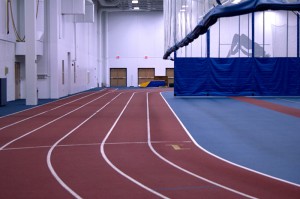
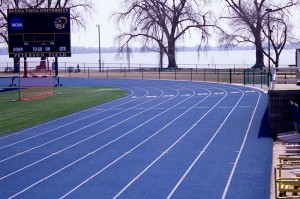
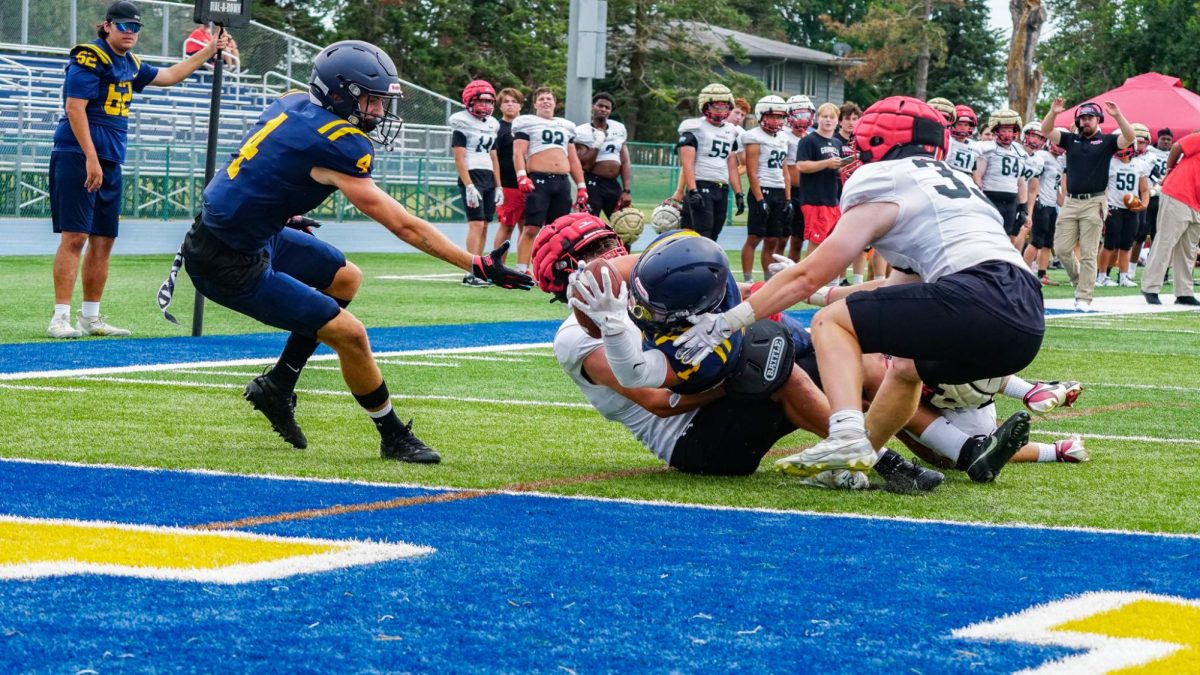


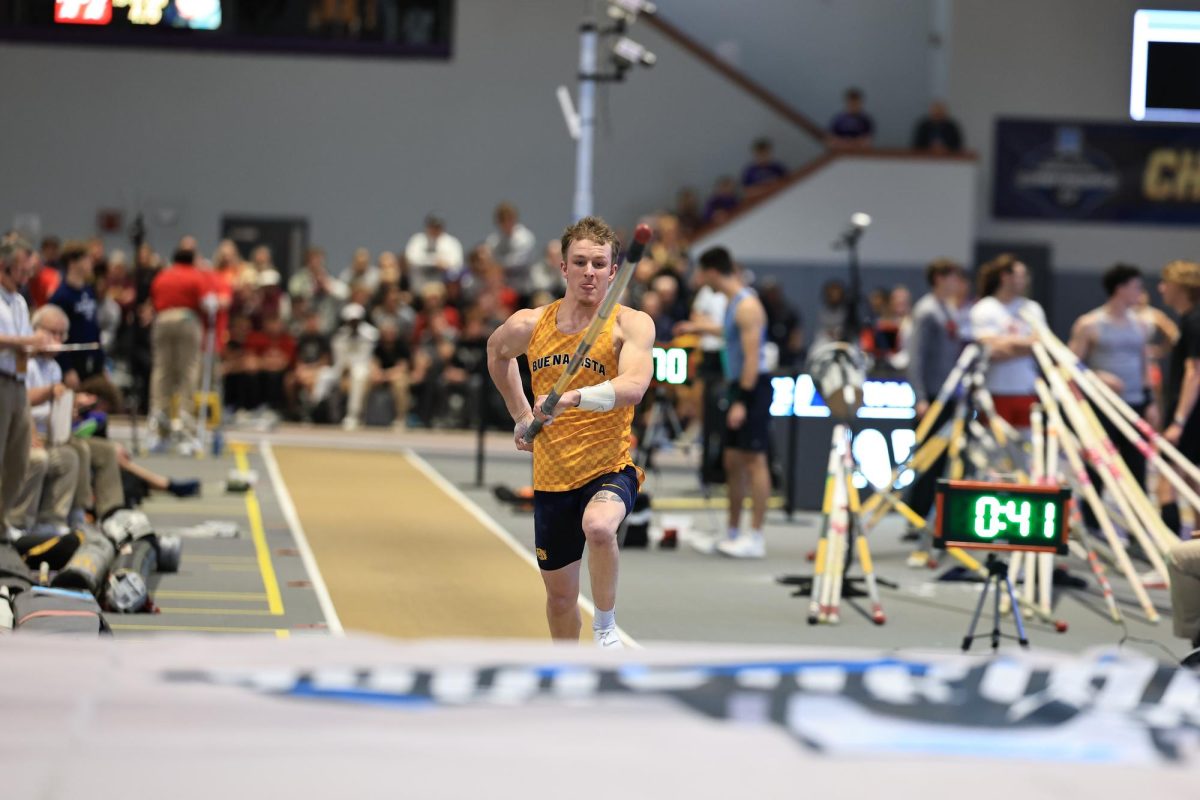

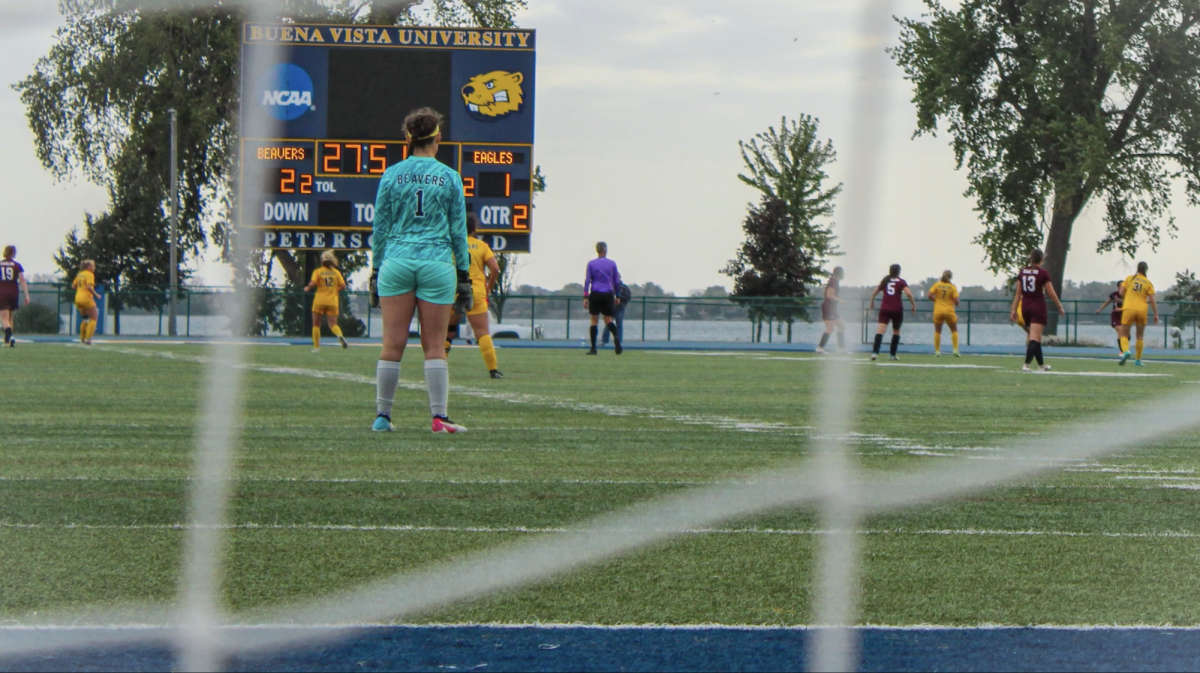
aaronchris • Mar 21, 2014 at 8:26 am
This is a very informative article, I’m also a runner in track and fields, I just wanna say thanks to the writer and wish you all the best for your writing. Keep it up 🙂
–derrick adkins